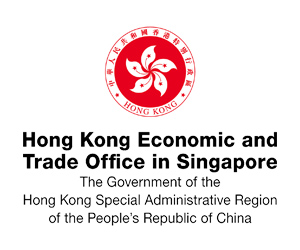Want to be in the loop?
subscribe to
our notification
Business News
PERSONAL LOANS SHOULD NOT BE EASY TO GET: EXPERTS
Having fewer regulations for personal loans under VNĐ100 million doesn't mean the approval process will be easier, said policymakers and industry experts.
Borrowers of less than VND100 million do not need to provide a feasibility plan to repay as the banks only require their financial records and the intended use for the money.
The more streamlined process was designed to help boost national spending by making personal loans more accessible to the public, said industry experts. Commercial banks have implemented reforms to speed up the development of additional consumer digital products.
"The loan approval process will remain as strict as usual. Our policy changes should only be interpreted as a move to align with the economy's need to promote consumer finance in the coming period," said SBV's deputy governor Đào Minh Tú.
Early customer feedback indicated difficulties still remained for borrowers.
Nguyễn Mai Hương, a resident of Hà Nội said she needed a small loan to purchase a motorbike recently, said the process was still rather inconvenient. She said the banks asked for a lot of information, including her ability to repay, and her residence. Some banks asked for the information of a co-borrower.
"The bank required me to submit a six-month salary record along with an employment contract but my husband and I are freelancers without fixed salaries or employment contracts. Additionally, the bank asked me to provide photocopies of my ID card, marriage certificate, and the co-borrower information, including name, date of birth, ID card, and workplace," Hương said.
All that for a loan at 10.5 per cent interest a year, which according to her, wasn't as low as she had hoped. Hương later decided it wasn't worth the hassle and went with a consumer finance company.
She said it took about 12 hours before she received the money.
"They only needed my ID, utility bills and insurance number. While their rate was a bit higher than the bank's the painless process was worth the money," she said.
A banking industry representative said the banks want a process as simple as possible for small personal loans but customers must, one way or another, be able to prove they can repay the loans.
"We must ensure the loans can be recovered because we are responsible for our depositors' money, which we also have to pay interest on. That's why it should not be easy to secure a loan," he said.
According to a report by the Vietnam Banks Association (VNBA), bad debt at many consumer finance companies and some banks has been approaching alarming levels.
The report also showed the risk in consumer credit was quite significant. Consumer loans' bad debt ratio at the end of 2023 was 3.8 per cent, increasing to over 4 per cent by the first quarter of 2024. Bad debt at finance companies at the end of 2023 was 15 per cent, and by the first quarter of this year, it was about 14.63 per cent.
By the end of June 2024, the system's bad debt ratio was 4.56 per cent. The total bad debt and potential bad debt in the system accounted for 6.44 per cent of total outstanding loans.
Collecting personal loans has always been a challenge despite efforts by the banking industry and the authorities.
"Two things are for sure. Banks will not make it easy to get a loan because they must ensure safety. Interest for unsecured personal loans will always be higher than business loans or loans backed up with collaterals," said Nguyễn Quốc Hùng, VNBA's vice chairman and secretary-general.
Source: VNS
Related News
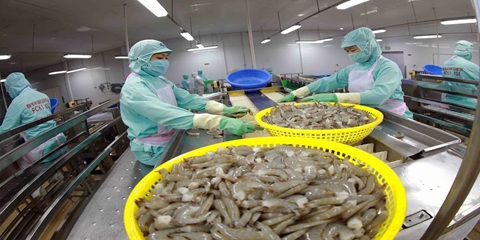
VIETNAM’S SEAFOOD EXPORTS HIT OVER US$10 BILLION IN JAN-NOV
Seafood export revenue in November alone amounted to nearly US$990 million, up 6.6% year-on-year. Key product groups posted solid gains. Shrimp exports rose 11.7% to over US$385 million, supported by strong demand for whiteleg shrimp and lobster. Tra fish shipments increased 9.7% to almost US$197 million, while marine fish, squid, and mollusk exports maintained their recovery.
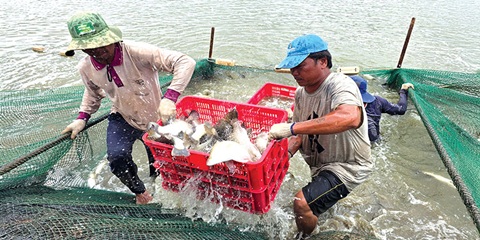
VIETNAM’S AGRO-FORESTRY-FISHERY EXPORTS HIT NEW RECORD IN JAN-NOV
Vietnam’s agro-forestry-fishery export revenue reached an estimated US$64.01 billion in the first 11 months of 2025, up 12.6% year-on-year and surpassing the full-year record of US$62.4 billion set in 2024. Agricultural exports reached US$34.24 billion, up 15% year-on-year, while livestock products brought in US$567.4 million, a 16.8% increase. Seafood exports rose 13.2% to US$10.38 billion, and forestry products earned US$16.61 billion, up 5.9%.

HANOI REPORTS RECORD-HIGH BUDGET REVENUE IN 2025
Hanoi’s budget revenue is estimated to reach VND641.7 trillion in 2025, the highest level ever recorded and nearly 25% above the revised target, according to a report by the municipal government. Data from the city’s socioeconomic performance review shows that total state budget collections in 2025 are projected to reach 124.9% of the adjusted plan and rise 24.9% from 2024, the Vietnam News Agency reported.
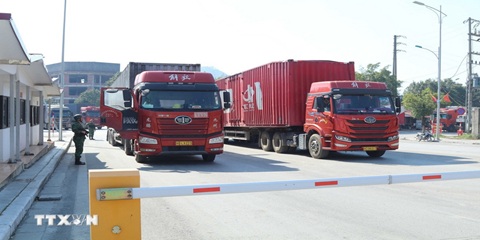
VIETNAM, CHINA TO PILOT TWO-WAY CARGO TRANSPORT AT LANG SON BORDER
Vietnam and China will launch a one-year pilot program on December 10 to allow two-way cargo transport through the Huu Nghi–Youyi Guan international border gates in Lang Son Province, reported the Vietnam News Agency. The Dong Dang-Lang Son Economic Zone Management Board said the trial aims to reduce transport costs and improve customs clearance capacity.
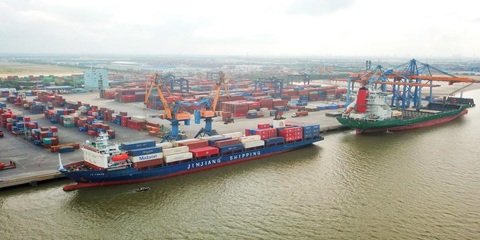
VIETNAM’S IMPORT-EXPORT VALUE NEARS US$840 BILLION IN JAN-NOV
The total value of Vietnam’s imports and exports was nearly US$840 billion between January and November this year, the highest level ever recorded, according to the National Statistics Office. In its latest report on the country’s socio-economic performance, the National Statistics Office highlighted a series of positive economic indicators, with trade emerging as one of the strongest drivers of growth.

OVER 19 MILLION INTERNATIONAL VISITORS COME TO VIETNAM IN JAN-NOV
Vietnam received more than 19.1 million international visitors in the first 11 months of 2025, a 20.9% increase year-on-year and the highest level ever recorded, according to the National Statistics Office. The figure surpasses the full-year record of 18 million arrivals set in 2019, before the Covid-19 pandemic. Nearly two million foreign visitors arrived in November alone, up 14.2% from October and 15.6% from the same period last year.
